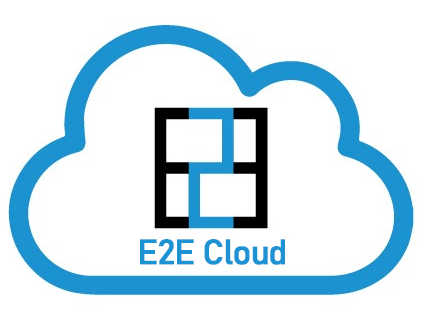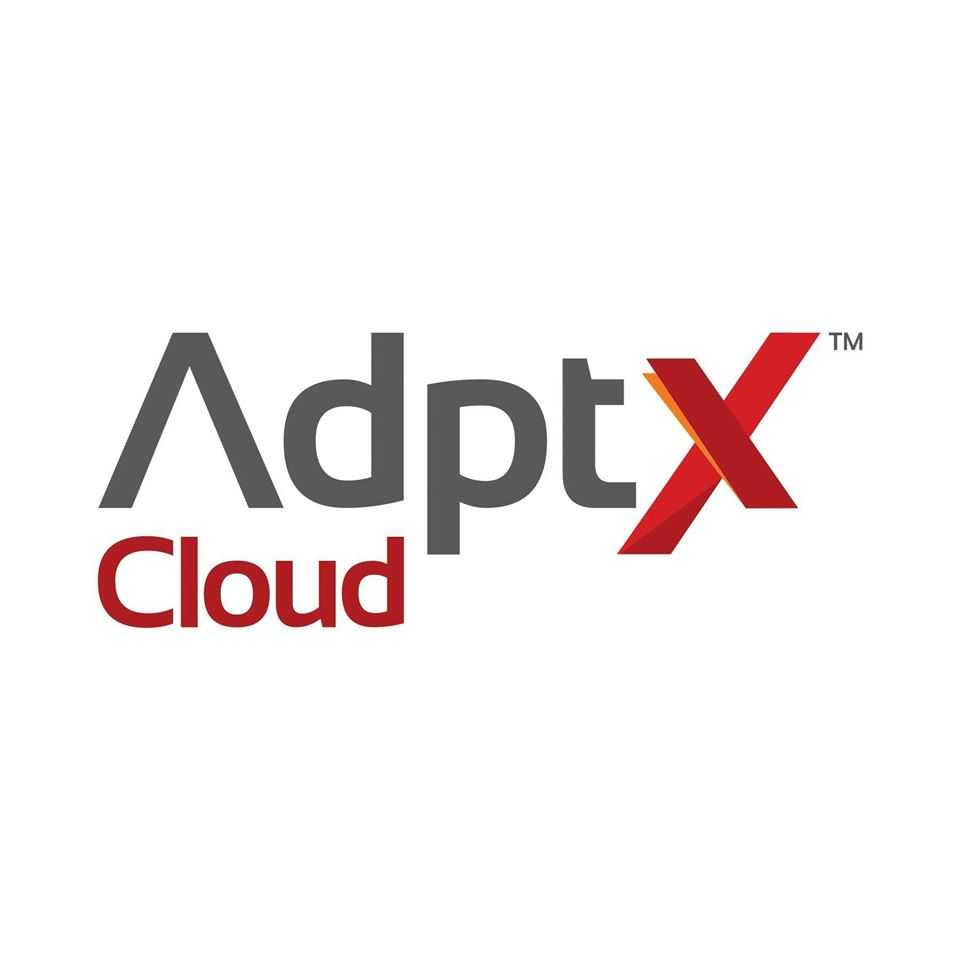Description

NVIDIA A100-80 GB Cloud GPUs

RunPod
Comprehensive Overview: NVIDIA A100-80 GB Cloud GPUs vs RunPod
Overview of NVIDIA A100-80 GB Cloud GPUs and RunPod
a) Primary Functions and Target Markets
NVIDIA A100-80 GB Cloud GPUs:
-
Primary Functions:
- AI and Machine Learning: The NVIDIA A100-80 GB GPU is designed for computationally intensive tasks required in AI and machine learning, such as training large neural networks.
- High-Performance Computing (HPC): Facilitates simulations, scientific computing, and analytics tasks with high performance.
- Data Analytics: Optimized for accelerated data processing and analytics workloads.
- Inference: High throughput for deploying machine learning models at scale.
-
Target Markets:
- Organizations and enterprises in sectors like finance, healthcare, automotive, and research, which require high-level computation capabilities.
- Cloud service providers for offering scalable and efficient AI solutions.
- Academic institutions focusing on advanced research projects.
RunPod:
-
Primary Functions:
- Cloud GPU Provider: RunPod offers cloud-based GPU rentals that clients can use for machine learning, AI, and data science projects.
- Resource Management: Enables simplified management of GPU resources in the cloud environment with features like deployment, scaling, and orchestration.
-
Target Markets:
- Individual developers and small to medium-sized businesses seeking cost-effective GPU resources.
- Startups that require flexible and scalable GPU computing resources.
- Educational platforms providing students and educators access to high-performance computing without heavy upfront investment.
b) Market Share and User Base
-
NVIDIA A100-80 GB Cloud GPUs:
- Being a hardware component, it has a presence in both on-premises data centers and through cloud service providers like AWS, Google Cloud, and Azure.
- Its adoption is largely among large enterprises and tech companies with specific AI and HPC needs.
-
RunPod:
- As a service-centric company, RunPod’s market share is defined by its competitiveness in providing easy access to GPU acceleration for a broader, potentially more diverse audience, including freelancers, smaller companies, and educational institutions.
It’s important to note that in the context of market share, NVIDIA dominates the hardware space while providers like RunPod compete more on service terms with other cloud-based GPU rental services.
c) Key Differentiating Factors
-
Performance:
- NVIDIA A100-80 GB: It offers top-tier performance for demanding workloads, benefiting from advancements in parallel processing capabilities from the Ampere architecture.
- RunPod: Focuses on delivering operational ease and flexibility in accessing GPU resources rather than intrinsic performance differences of the hardware.
-
Accessibility and Flexibility:
- NVIDIA A100-80 GB: Often requires significant capital investment or cloud platform partnership for utilization.
- RunPod: Provides an on-demand cloud service model that is accessible instantly with flexible pricing, making it easier for smaller teams or individuals to access high-performance GPUs without heavy commitments.
-
User Experience:
- NVIDIA A100-80 GB: Geared towards users with infrastructure capability or willing to partner with major cloud providers.
- RunPod: Simplifies the user experience by abstracting complex deployment processes and offering immediate access through a user-friendly interface.
-
Scalability:
- NVIDIA A100-80 GB: Offers immense scaling potential for enterprise environments.
- RunPod: Specifically designed to scale quickly for diverse workloads, providing elasticity in a cloud environment.
In summary, while NVIDIA A100-80 GB GPU focuses on high-performance computing potential for complex, large-scale environments, RunPod emphasizes accessibility and convenience, making powerful GPU resources available to a diverse range of users.
Contact Info

Year founded :
Not Available
Not Available
Not Available
Not Available
Not Available

Year founded :
2022
+1(673) 926-3265
Not Available
United States
http://www.linkedin.com/company/runpod-io
Feature Similarity Breakdown: NVIDIA A100-80 GB Cloud GPUs, RunPod
When analyzing the feature similarity breakdown for NVIDIA A100-80 GB cloud GPUs, particularly in the context of platforms like RunPod, it's important to delve into the core specifications, user interfaces, and any unique features that might differentiate them.
a) Core Features in Common
-
GPU Architecture: Both NVIDIA A100-80 GB GPUs utilize the Ampere architecture, designed specifically for high performance in AI, data analytics, and high-performance computing (HPC) tasks.
-
Memory capacity: As suggested by the name, these GPUs boast 80 GB HBM2e memory, offering ample bandwidth useful for handling large datasets and complex models.
-
Tensor Cores: These GPUs are equipped with third-generation Tensor Cores that accelerate AI workloads, enabling mixed-precision calculations that help boost deep learning performance.
-
Compute Capability: With a high number of CUDA cores, the A100 provides substantial compute capability for parallel processing tasks.
-
Scalability and Partitioning: They support Multi-Instance GPU (MIG) technology, allowing a single A100 to be divided into multiple instances to support various workloads simultaneously.
b) Comparison of User Interfaces
-
RunPod:
- Ease of Use: RunPod offers a user-friendly interface designed for quick deployment of GPUs on the cloud. Users can easily set up environments, select desired GPU resources, and manage workloads with a few clicks.
- Customization: RunPod often provides customizable environments allowing users to pre-configure software dependencies and custom scripts, simplifying the process for developers and researchers alike.
- Dashboard: Features a streamlined dashboard for real-time monitoring of resource usage, job progress, and performance metrics, aiding in comprehensive resource management.
-
Other Cloud Providers using A100s:
- AWS, Google Cloud, Azure: Typically, these platforms integrate deeply with their broader cloud ecosystems. They offer robust interfaces but might be more complex due to the extensive services they provide beyond just GPU instances.
- Management Tools: They often have more built-in tools for extensive analytics, user access control, and security features, catering to enterprise-grade requirements.
c) Unique Features
-
RunPod:
- Pay-As-You-Go Pricing: Often emphasizes cost flexibility, allowing users to only pay for the exact GPU time they need, which can be more economical for certain usage patterns compared to larger cloud providers.
- Community-focused: RunPod tends to support community-driven projects and often aligns with educational and collaborative initiatives.
-
Other Providers:
- Integration with Broad Ecosystems: Platforms like AWS, Google Cloud, and Azure offer extensive integrations with their cloud services, such as data storage, IAM policies, and machine learning platforms like AWS SageMaker, Google AI, and Azure ML, allowing for end-to-end ML pipeline creation.
- Enterprise Features: These providers typically offer a broader array of enterprise-grade features, including advanced security protocols, compliance certifications, and SLAs suitable for larger businesses.
In summary, while the Nvidia A100-80 GB GPUs offer a powerful hardware base consistent across various platforms, the differentiating factors often lie in the ancillary services, ease of use, pricing models, and ecosystem integration provided by each cloud service offering them.
Features

AI and Machine Learning
Cloud Integration
High-Performance Computing
Data Analytics

Efficient Resource Management
User-Friendly Interface
Flexible Pricing
Robust Security
Best Fit Use Cases: NVIDIA A100-80 GB Cloud GPUs, RunPod
The NVIDIA A100-80 GB Cloud GPUs and platforms like RunPod cater to various businesses and projects, especially those requiring high computational power and efficiency. Here's an overview of their best fit use cases:
a) For what types of businesses or projects is NVIDIA A100-80 GB Cloud GPUs the best choice?
-
Artificial Intelligence (AI) and Machine Learning (ML):
- Deep Learning Training: The A100's performance excels in processing large datasets and complex models, making it ideal for training deep neural networks rapidly.
- Inference: Its capabilities support real-time inference tasks even for sizeable AI models, truly scaling AI operations.
-
Data Science and Advanced Analytics:
- Big Data Analytics: Industries relying on data-driven insights (finance, healthcare, etc.) can leverage the A100 for running large-scale data processing tasks.
- Simulation Models: Useful in predictive modeling and simulation, including climate modeling, financial forecasting, etc.
-
High-Performance Computing (HPC):
- Industries requiring immense computational power for simulations, such as physics simulations, chemical modeling, and bioinformatics, benefit greatly.
-
Graphics Rendering and Video Processing:
- Suitable for rendering intensive graphics and high-resolution video processing, useful in media and entertainment for VFX, animation, and real-time rendering tasks.
b) In what scenarios would RunPod be the preferred option?
-
Cost-Effective Scaling:
- Small to medium-sized businesses looking to optimize cloud computing costs while scaling AI workloads can leverage RunPod for flexible pricing models.
-
Ease of Deployment:
- Startups and developers wanting quick deployment and integration of GPU resources find RunPod advantageous due to its user-friendly interface and ease of access.
-
Workload Portability:
- Organizations that require workload portability across different cloud environments benefit from RunPod's ability to deploy on various cloud infrastructures.
-
Versatile Computational Needs:
- RunPod provides access to a diversified range of GPU resources, including A100 GPUs, ensuring adaptability to different computational demands—whether they are for development, testing, or production.
d) How do these products cater to different industry verticals or company sizes?
-
Industry Verticals:
- Healthcare and Life Sciences: Hospitals and research institutions utilize A100 GPUs for genomic sequencing and diagnostic imaging.
- Finance: Financial institutions use these GPUs for fast-paced algorithmic trading and fraud detection systems.
- Automotive: Autonomous vehicle companies utilize such GPUs for real-time sensor data processing and AI-driven analysis.
- Media and Entertainment: Studios employ these GPUs for content creation, including real-time rendering and animation.
-
Company Sizes:
- Startups and SMEs: RunPod offers cost-effective options for startups needing powerful GPUs without high overhead costs, enabling them to remain competitive.
- Large Enterprises: These companies can integrate A100 cloud GPUs into their large infrastructures to tackle diverse and computationally intensive operations at scale.
In summary, NVIDIA A100-80 GB Cloud GPUs are best suited for high-demand computational tasks across various industries, while RunPod provides an accessible platform for deploying these resources efficiently, particularly suited for businesses looking for scalability and flexibility in their cloud infrastructure.
Pricing

Pricing Not Available

Pricing Not Available
Metrics History
Metrics History
Comparing teamSize across companies
Conclusion & Final Verdict: NVIDIA A100-80 GB Cloud GPUs vs RunPod
Conclusion and Final Verdict for NVIDIA A100-80 GB Cloud GPUs vs. RunPod
a) Which Product Offers the Best Overall Value?
Considering all factors, determining which product offers the best overall value depends largely on the specific needs and goals of the user. The NVIDIA A100-80 GB GPU is an incredibly powerful chip designed for high-end AI and machine learning tasks, offering exceptional speed and capability for those with demanding computational needs. In contrast, RunPod provides access to GPUs through a cloud-based service model, which can offer significant cost savings and flexibility for users who do not require dedicated hardware or wish to avoid the upfront investment and maintenance costs associated with owning such hardware.
- Best Overall Value: For users who require constant, heavy computational power and have a long-term project scope, investing directly in NVIDIA A100-80 GB GPUs might offer better value. However, for those who need occasional or scalable access to GPU capabilities, RunPod may provide superior value through its flexible, cost-effective model.
b) Pros and Cons of Each Product
NVIDIA A100-80 GB Cloud GPUs:
-
Pros:
- Performance: Unmatched processing power for AI, scientific computing, and intensive data processing.
- Capabilities: Large memory allows for handling very large datasets and complex models.
- Efficiency: Optimized for high throughput and low latency, enhancing performance for real-time applications.
-
Cons:
- Cost: High initial acquisition cost and potential ongoing maintenance expenses.
- Scalability: Scaling up requires additional hardware purchases.
- Flexibility: Fixed computational resources once purchased, lacking the flexibility of cloud alternatives.
RunPod:
-
Pros:
- Cost-Efficiency: Pay-as-you-go model reduces costs, especially for intermittent usage.
- Scalability: Easily scalable to meet changing project demands.
- Flexibility: Provides access to a variety of GPU types, allowing experimentation with diverse hardware.
-
Cons:
- Performance Variability: Performance can vary based on the cloud infrastructure and shared resources.
- Dependency on Internet: Requires stable and reliable internet connections for optimal usage.
- Limited Control: Reduced control over the hardware environment compared to owning physical GPUs.
c) Recommendations for Users
For users deciding between NVIDIA A100-80 GB Cloud GPUs and RunPod, the following considerations can help guide the decision:
-
Project Scope and Duration: If you have a long-term, resource-intensive project, investing in NVIDIA A100 GPUs might be the right choice. For short-term projects or sporadic usage, RunPod's cloud-based model might be more economical and practical.
-
Budget Constraints: Assess your budget both for immediate to mid-term needs. If the upfront cost is a concern, RunPod allows you to avoid large capital expenditure.
-
Need for Flexibility and Scalability: If you anticipate variable computational needs or want the flexibility to experiment with different GPU architectures, RunPod’s offerings may be beneficial.
-
IT Infrastructure and Expertise: Users with robust IT infrastructures might benefit more from owning GPUs, while those lacking in-house IT capabilities might be better served by a managed cloud solution like RunPod.
In conclusion, both NVIDIA A100-80 GB Cloud GPUs and RunPod have their unique advantages and drawbacks. Users are advised to align their choice with their specific project requirements, budgetary constraints, and infrastructure capabilities to derive the best value from their investment.
Add to compare
Add similar companies



